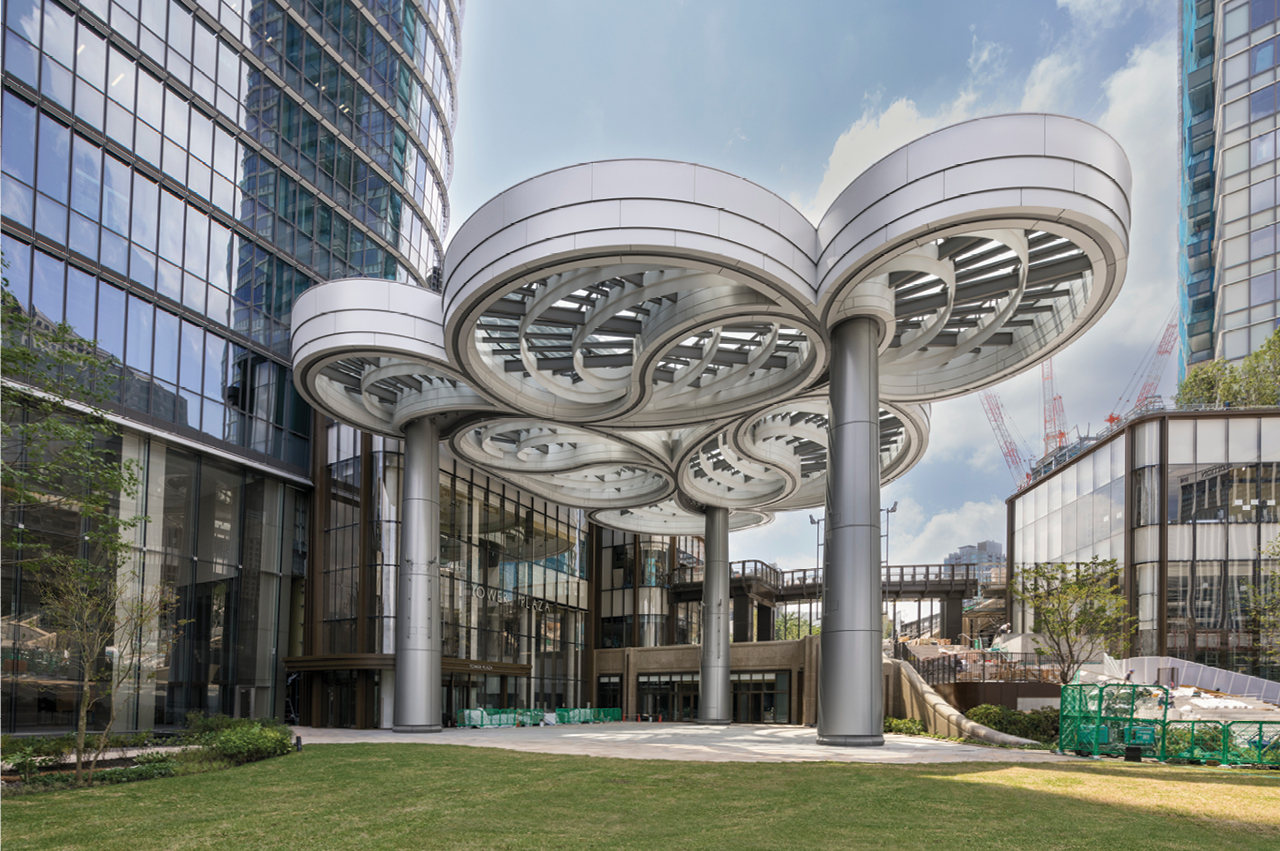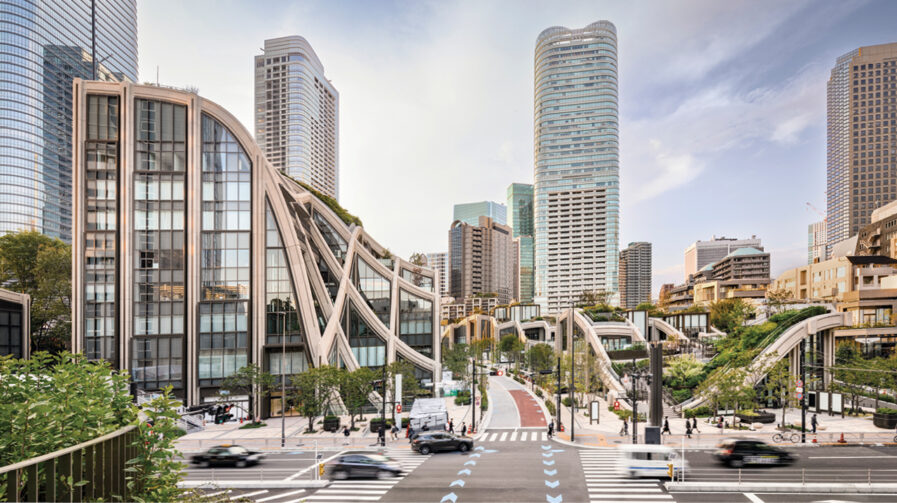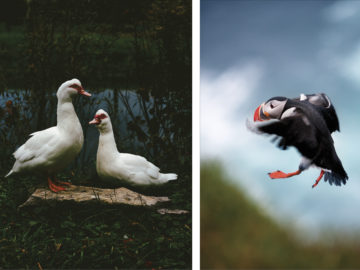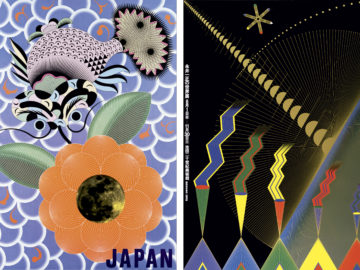From Graphis Journal #381.
Azabudai Hills, unveiled in late 2023 with former Prime Minister Yoshihide Suga leading the event, is a stunning blend of nature and urban design. Inspired by natural forms and community integration, Heatherwick Studio and Mori Building Co. crafted a vibrant urban village with lush greenery and striking architecture. Highlights include the curvaceous Garden Plaza A and B and the mesmerizing Cloud canopy. After a dedicated 30 years of development, Azabudai Hills is a shining example of urban regeneration, seamlessly merging nature and cutting-edge design in Tokyo’s heart.
In late 2023, the opening of Azabudai Hills in Tokyo was such an occasion that the former prime minister of Japan himself, Yoshihide Suga, led the event. The fact that the one-time head of the world’s third-largest economy presided over this occasion speaks volumes of the district’s ambition and visual grandeur.
Azabudai Hills describes itself as a modern urban village brimming with nature. This description may be accurate, yet it sells short so many of its impressive features. Yes, it is true that every street in this neighborhood is filled with nature, but some utterly outstanding structures are also located around this greenery.
Certainly, when viewed from above, the trees, plants, and grasses that cover Azabudai Hills stand in stark contrast to the surrounding grey and silver cityscape. When viewed from within the neighborhood, however, the many striking design elements created by Heatherwick Studio and Mori Building Co. stand out. Overall, the exterior has a cohesive curving design, with its two most prominent structures, Garden Plaza A and Garden Plaza B, being the perfect examples. These two buildings appear to sag in the same manner as the clocks in Salvador Dalí’s Persistence of Memory painting, with the layout of Sakurama Street separating the two, suggesting that something has sliced and cauterized one construction into two. On a much smaller scale but no less impressive is The Cloud, a canopy located within the arena section of the neighborhood’s central square. This canopy certainly resembles a cloud. Yet it also calls to mind MC Escher’s spiral-themed works through its track-like circular elements.






